Living Beyond Your Means as a Collector: How to Avoid Getting Hurt
by GaryG
When collectors gather anywhere and talk about their collections, recent purchases, and executed or potential sales, there’s an expression that comes up more often than not: “getting hurt.”
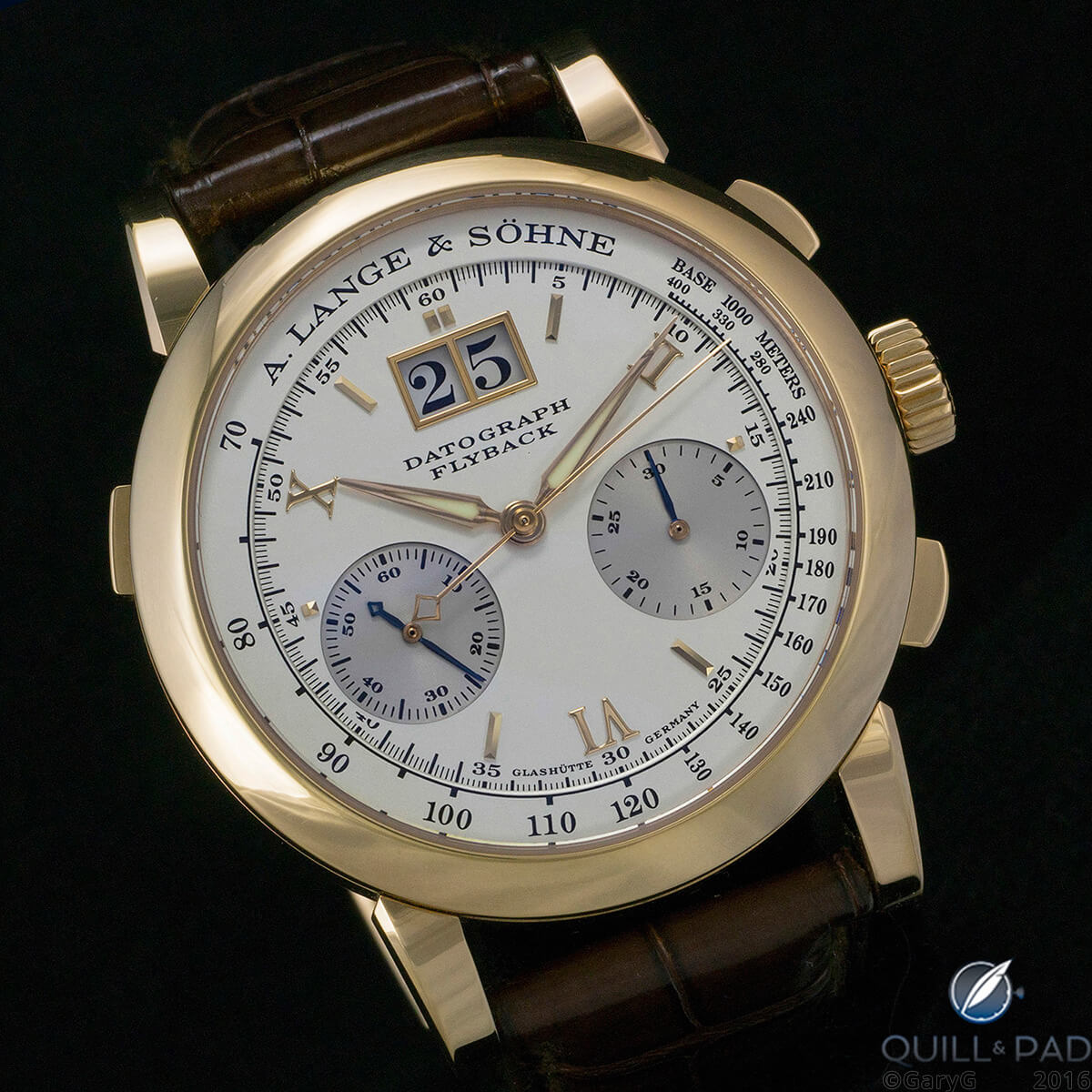
Unlikely to inflict pain: A. Lange & Söhne’s Datograph
That’s as in, “I heard that Gunther really got hurt when he sold that blinged-out limited edition watch,” or “If you get that watch at the upcoming auction anywhere in the estimated price range, you’re not going to get hurt.”
Or, most painfully, sitting alone at home realizing that a watch that you really had to stretch your resources to buy is worth much less than you would like.
And, yet, as collectors we are surrounded by glittering objects of desire, too many of which seem just out of the range of financial prudence to acquire.
What to do?
The first thing to know is that while I’m happy to share some lessons learned during my collecting career, the best way to avoid “getting hurt” on watches is not to buy any!
I’m a watch guy not an investment advisor, so please treat my following observations accordingly.
Getting started without getting hurt
For the novice collector, there are really only a couple of rules.
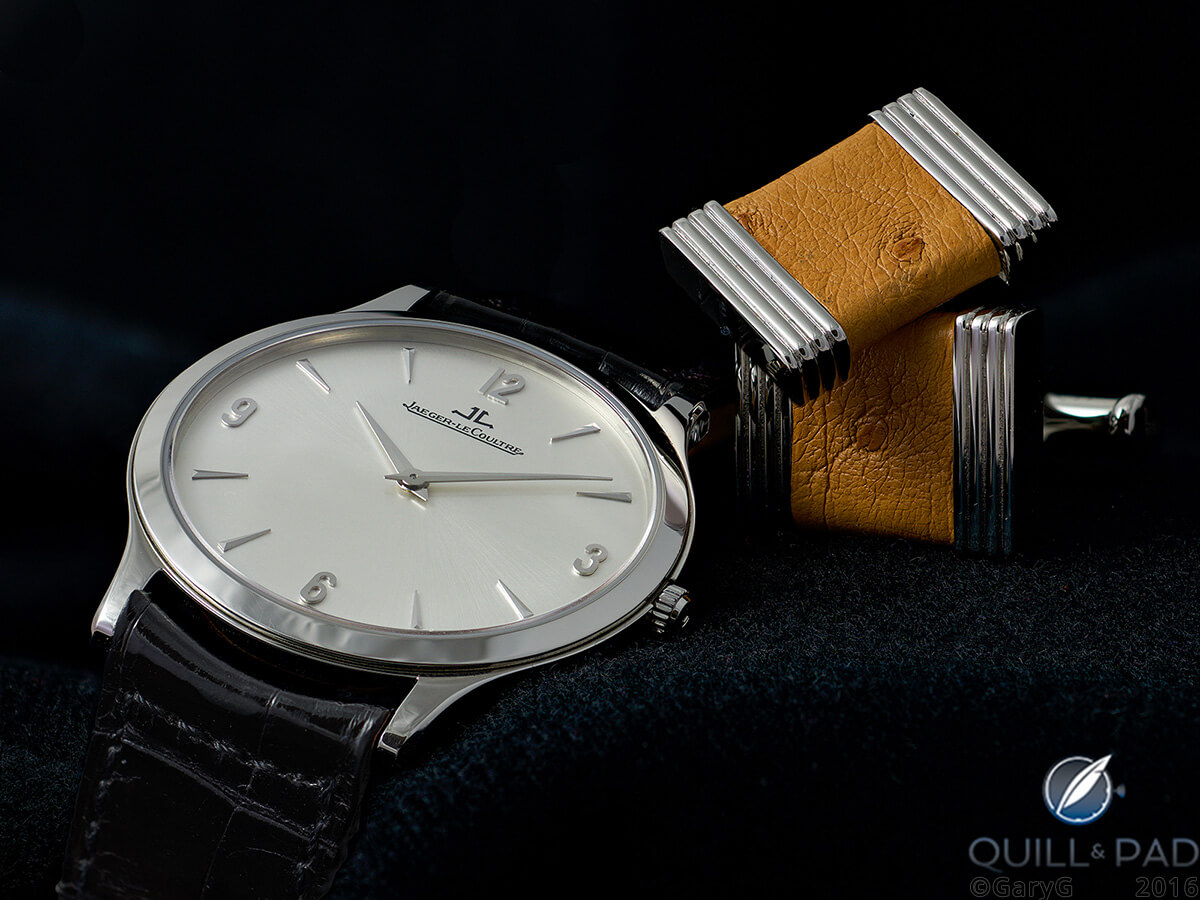
Getting started without getting hurt: the author’s Jaeger-LeCoultre Master Ultra Thin in stainless steel
Only spend what you can afford to lose: When you’re starting out, you’re going to buy some watches that you love but that won’t hold value. Don’t stress about it!
Buy what you love and can afford; if you’re fortunate you’ll end up with some longterm keepers and if not you’ll have learned a lot about the world of watches, met some great people, and enjoyed an affordable hobby.
Expect to be illiquid: If and when you do decide to sell, either to move up or because your tastes have evolved, understand that the market for pre-owned pieces can move much more slowly than you might have thought.
If you think you might need that “watch money” for near-term financial requirements then it’s not watch money. And if you do sell, be prepared to wait out the market and deal with some tire-kickers before you ultimately transact.
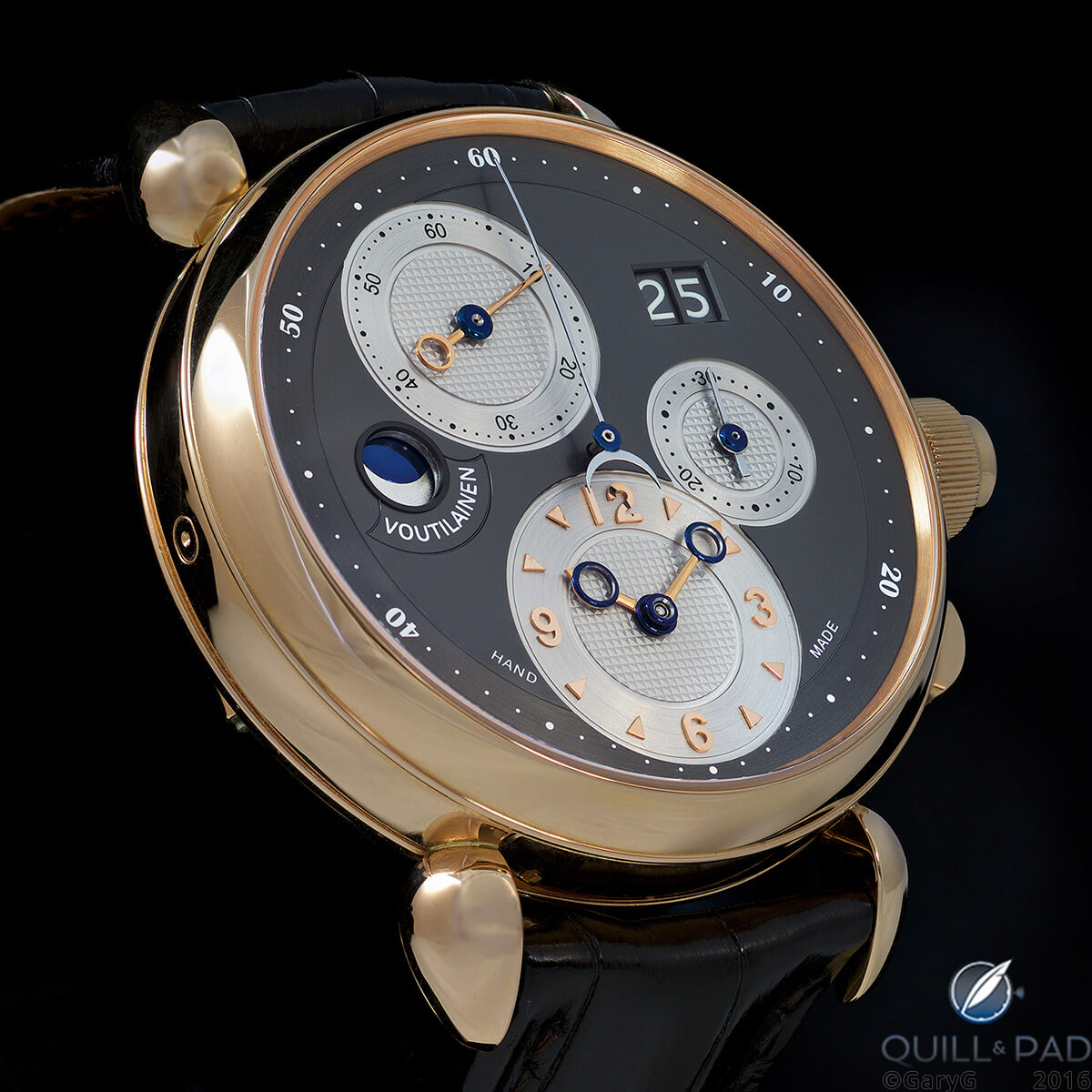
Not for beginners: the author’s Kari Voutilainen Masterpiece Chronograph II with bespoke dial and case
Moving on up: pain avoidance for the intermediate collector
Perhaps the most important advice on collecting I have received came from my friend Terry, who years ago shared his portfolio view of watch collecting. In the “Terry taxonomy,” there are three classes of watches: “fun” pieces that one can enjoy without considering economic consequences, “investment” pieces that have established market values and can serve as the core of a well-curated collection, and “patronage” pieces, usually by independent watchmakers, that promote watchmaking’s creative arts.
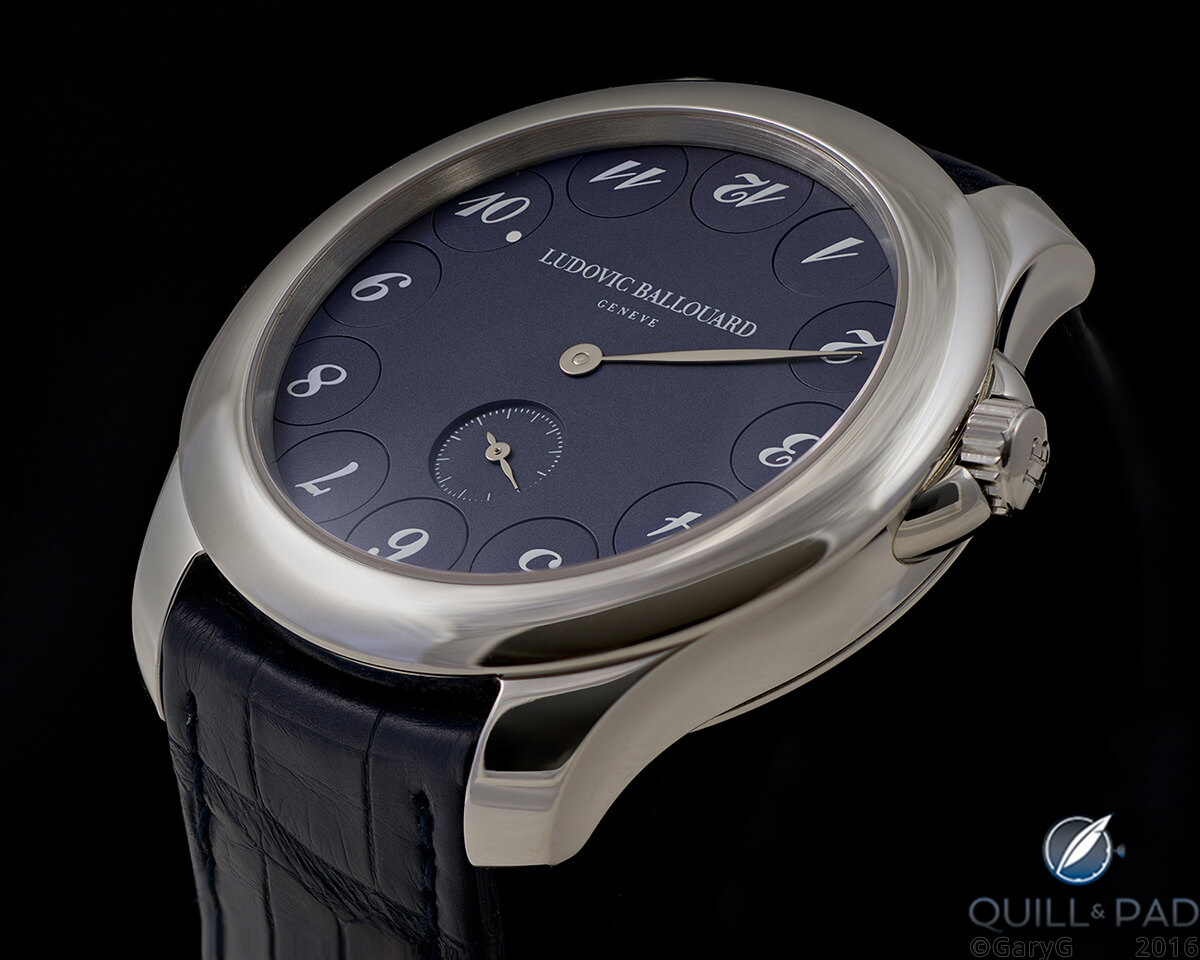
Patronage in action: the author’s Ludovic Ballouard Upside Down
Manage your portfolio: Decide how much “fun” money you have and how much you are willing to devote to patronage and keep the rest aside for mainstream, classic pieces (more about those below). From time to time as you sell and buy, do a quick check of your portfolio balance to make sure that you aren’t biased too heavily toward fun or patronage for your comfort.
Sell to buy: Trust me, it’s sad to sell! At certain points, however, it makes no sense to pour more money into a single, illiquid class of assets like watches. Setting a firm “sell to buy” rule can help. It also helps to build curation skills: if you don’t like that new piece better than any of your existing ones, is it really worth having?
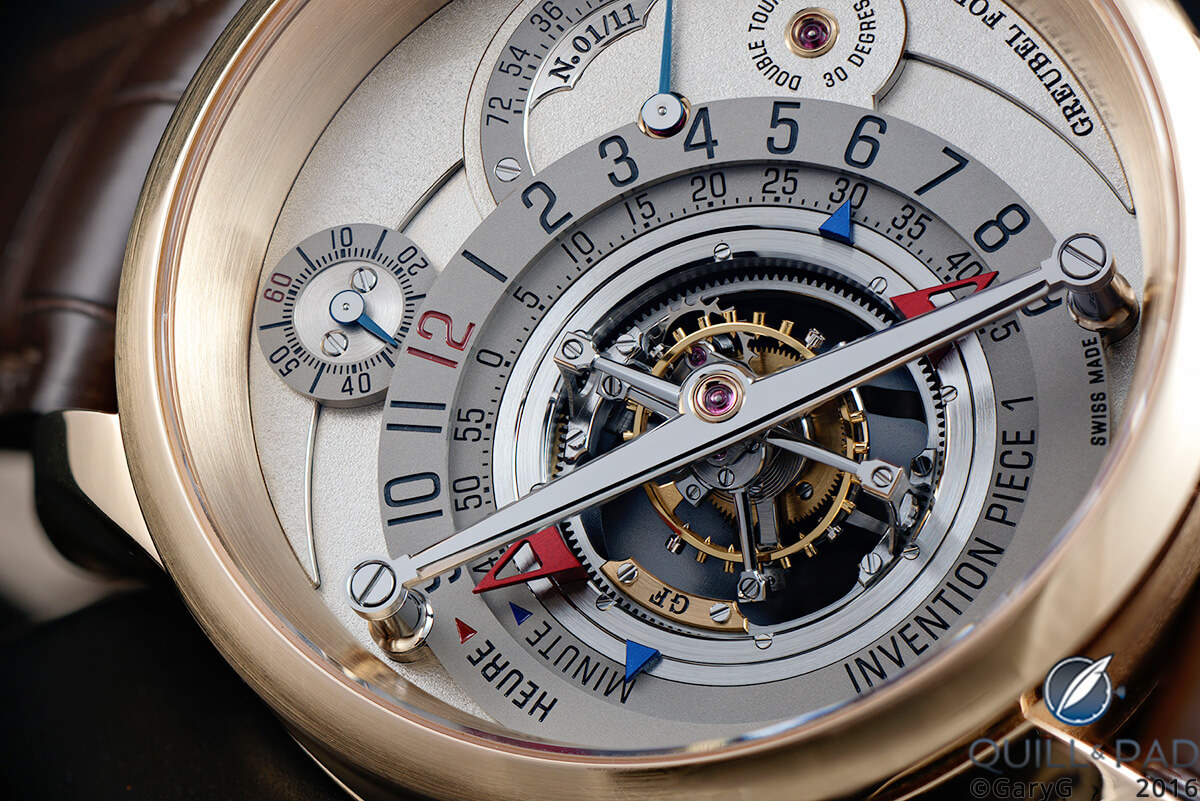
Had to sell to buy: the author’s Greubel Forsey Invention Piece 1
Understand breadth of appeal: Some of the greatest watches ever made have extremely thin markets. Years ago I bought a pre-owned Audemars Piguet Jules Audemars Equation of Time, a watch based on the legendary 2120 automatic movement with complications including a perpetual calendar, moon phase, equation of time display, and the times of sunrise and sunset in San Francisco.
It’s a good thing I love it: I paid a fraction of its original retail price, and it’s worth even less now! The same goes for skeletonized and engraved watches: I own both, but they aren’t everyone’s cup of tea.
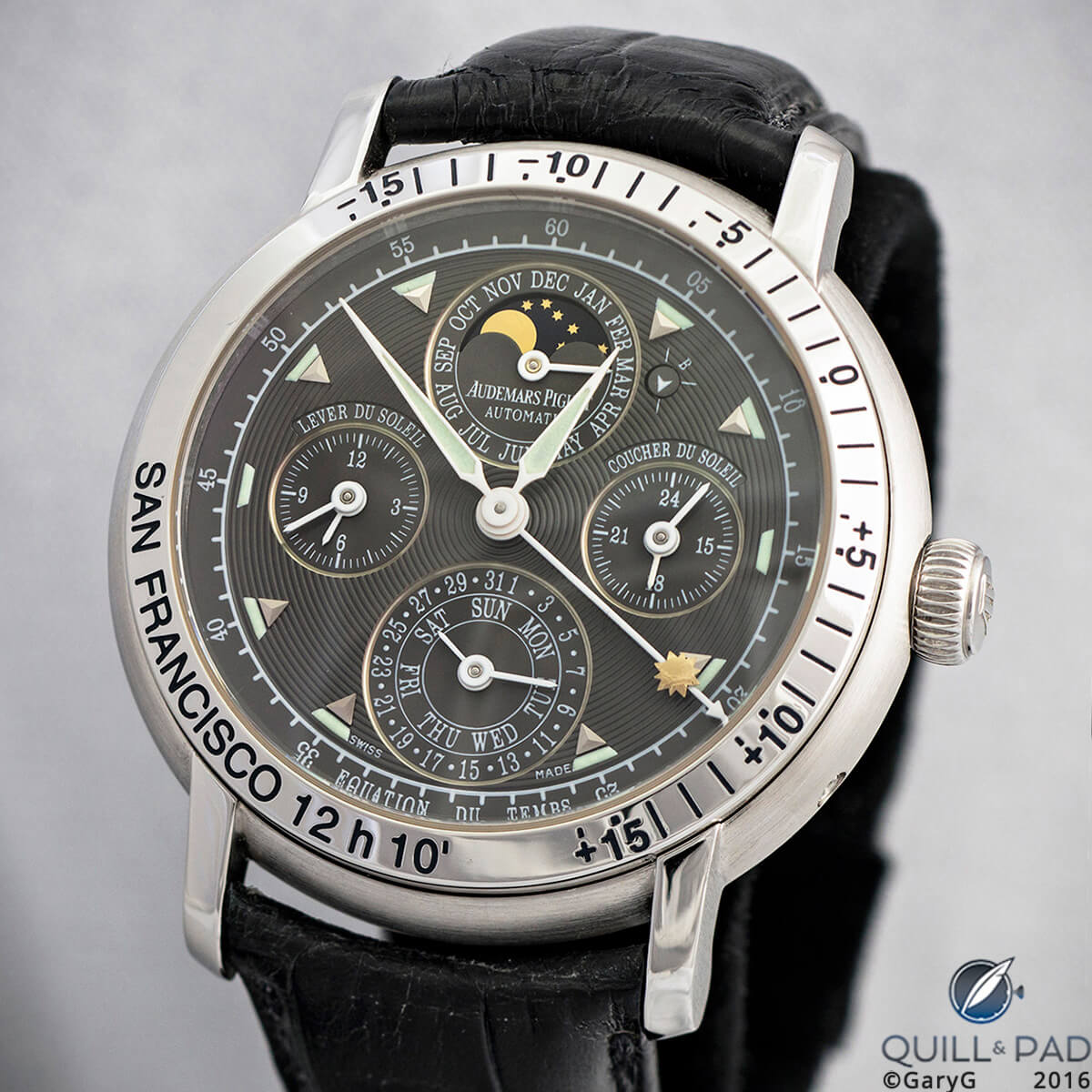
Fabulous watch, thin market: the author’s Audemars Piguet Jules Audemars Equation of Time
While you’re at it, take a look at the pre-owned values of various brands: while every purchase need not be from the “big three” manufacturers or even from major brands like Jaeger-LeCoultre or Omega, all brands are not equal when it comes to value retention.
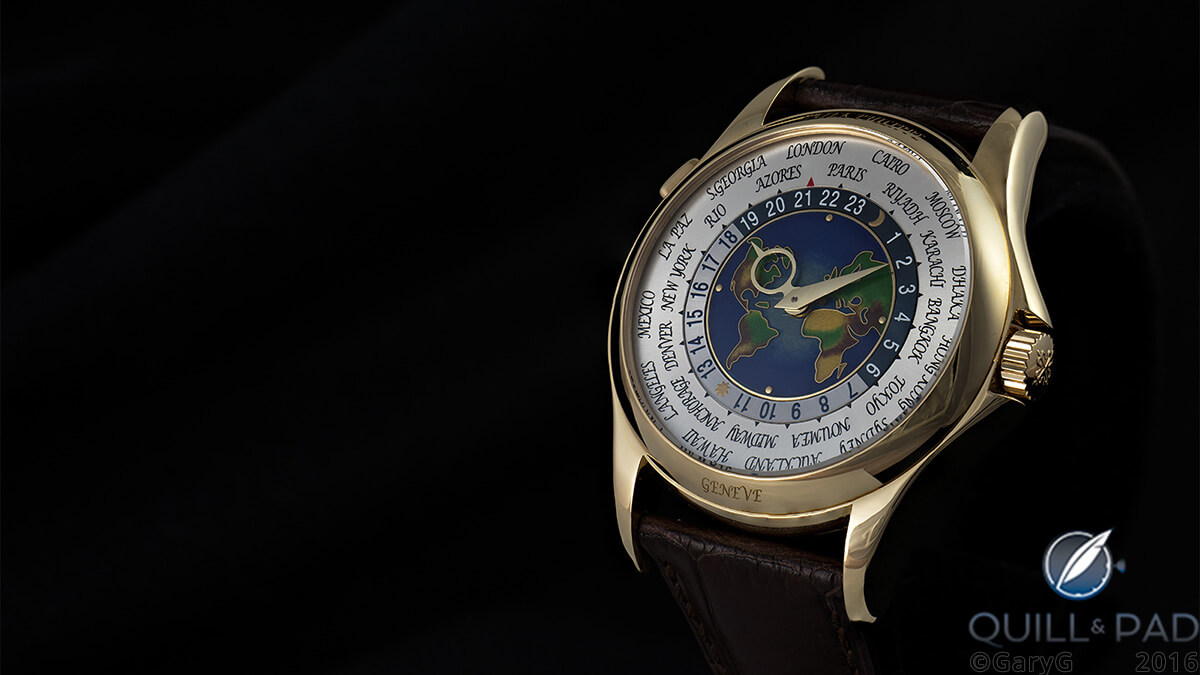
Take one at retail price and avoid pain: limited edition Patek Philippe 5131J
And shun the bling, at least at retail! At each major Hong Kong watch auction there’s a fantastic assortment of lovely jeweled watches selling for a fraction of their original prices; I’d hazard a guess that buying the watch you see on my wrist below would have exposed me to a world of hurt.
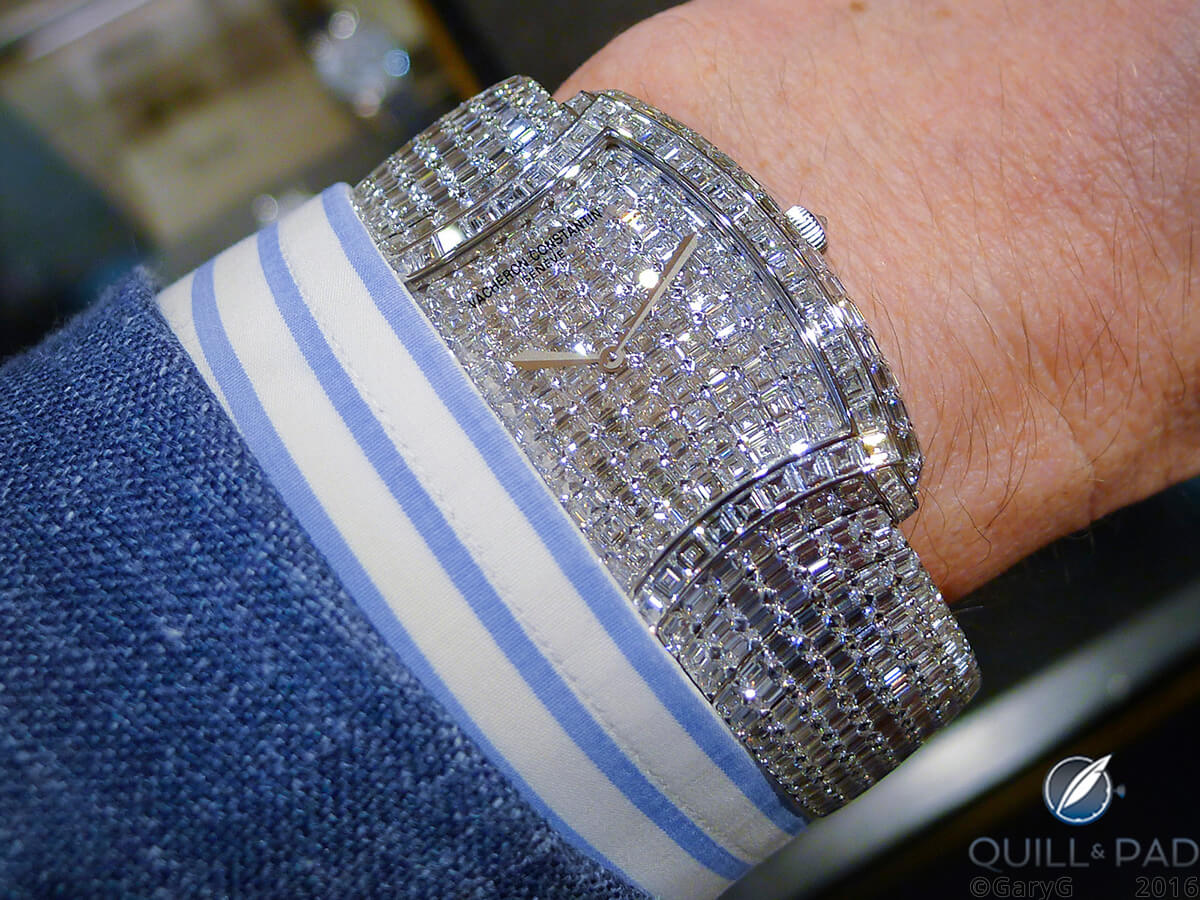
The bling’s not the thing: baguette-cut diamond-encrusted platinum Vacheron Constantin on the author’s wrist
Buy classics you love: Note that I didn’t just say, “Buy the classics!” It would be a boring world indeed if we all owned the same pieces, but one central criterion for the “investment” portion of one’s watch portfolio is that the pieces in it be desirable to many others and therefore somewhat liquid and predictable in value.
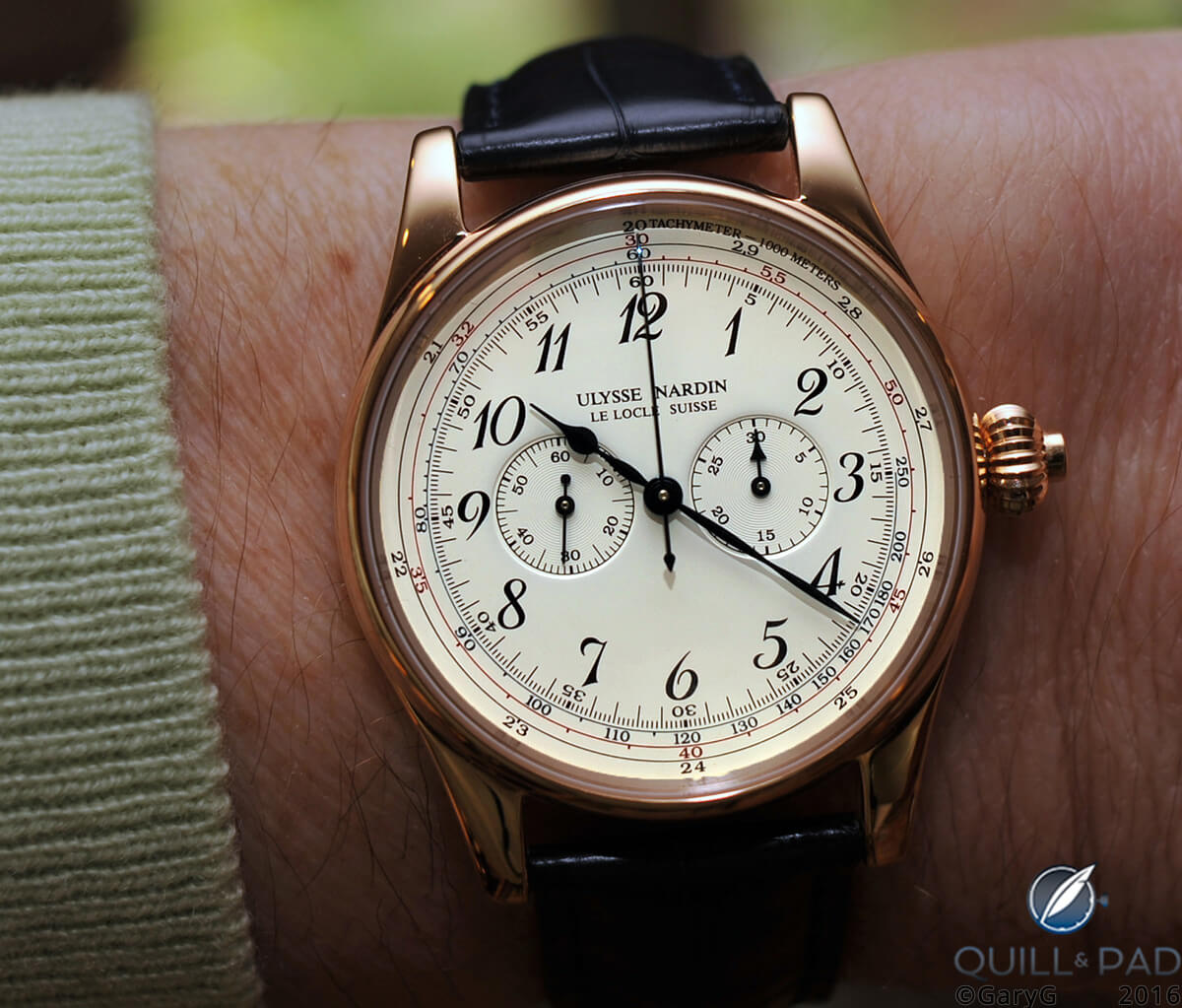
Affordable classic: Ulysse Nardin Monopusher Chronograph with F.P. Journe-designed movement on the author’s wrist
Within this category, find your passion at the same time you begin to consider long-term value. I owned an A. Lange & Söhne Datograph for several years before moving on to two “bigger” Lange chronographs: the Double Split and Datograph Perpetual.
When I finally bought a Rolex, it was the sought-after GMT-Master II “Batman” rather than a more obscure piece, and if I ever do buy an Audemars Piguet Royal Oak, it’s going to be that tasty 15202 “Jumbo” in stainless steel with the blue dial, not something like the Rodeo Drive Offshore or another cosmetic limited edition.
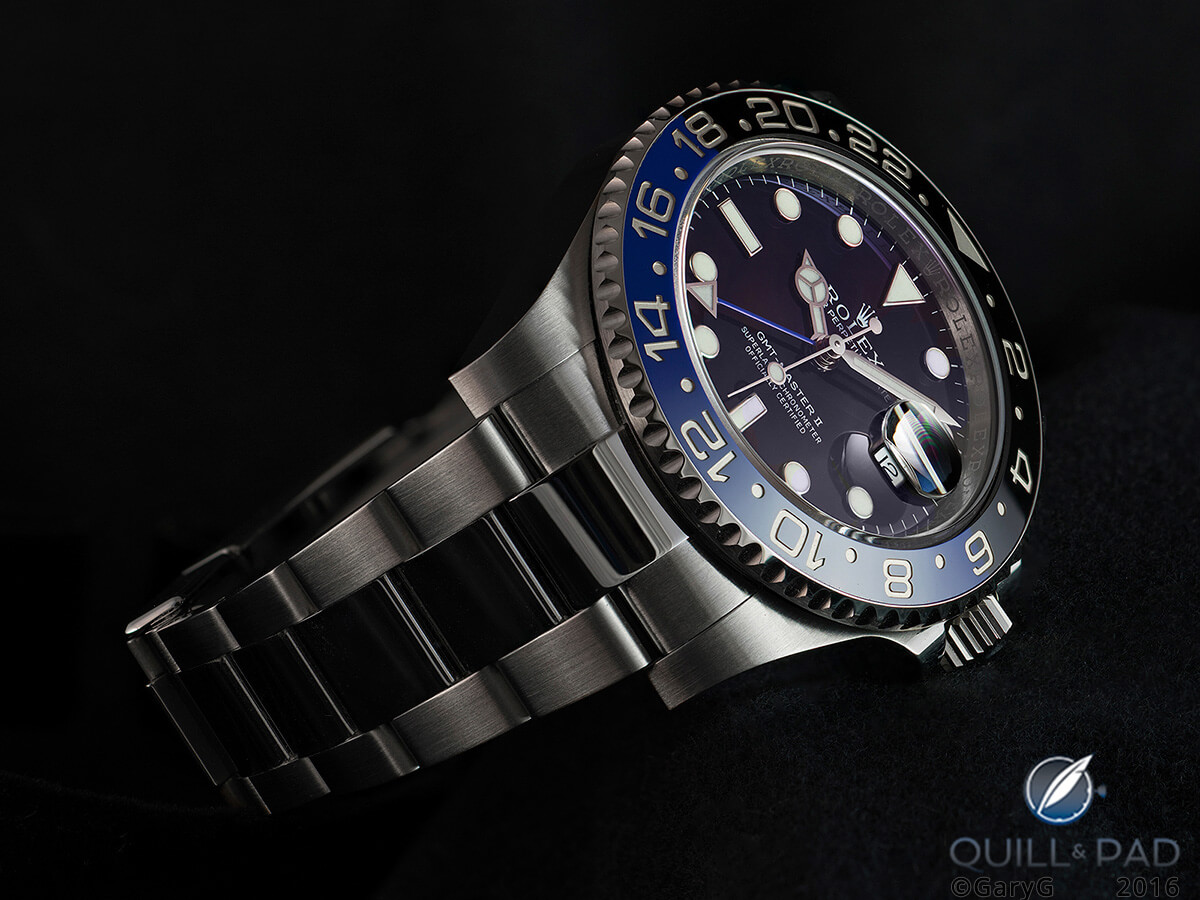
Mainstream value: the author’s Rolex GMT Master II BLNR “Batman”
Buy pre-owned: As my pal Larry says, “It’s going to be used when I sell it, so it might as well be used when I buy it.” As much as I love the feeling of owning a brand-new watch (and I do buy new pieces from both authorized retailers and independent watchmakers), my view is that I’m much less likely to get hurt if I’m buying watches with established resale price histories.
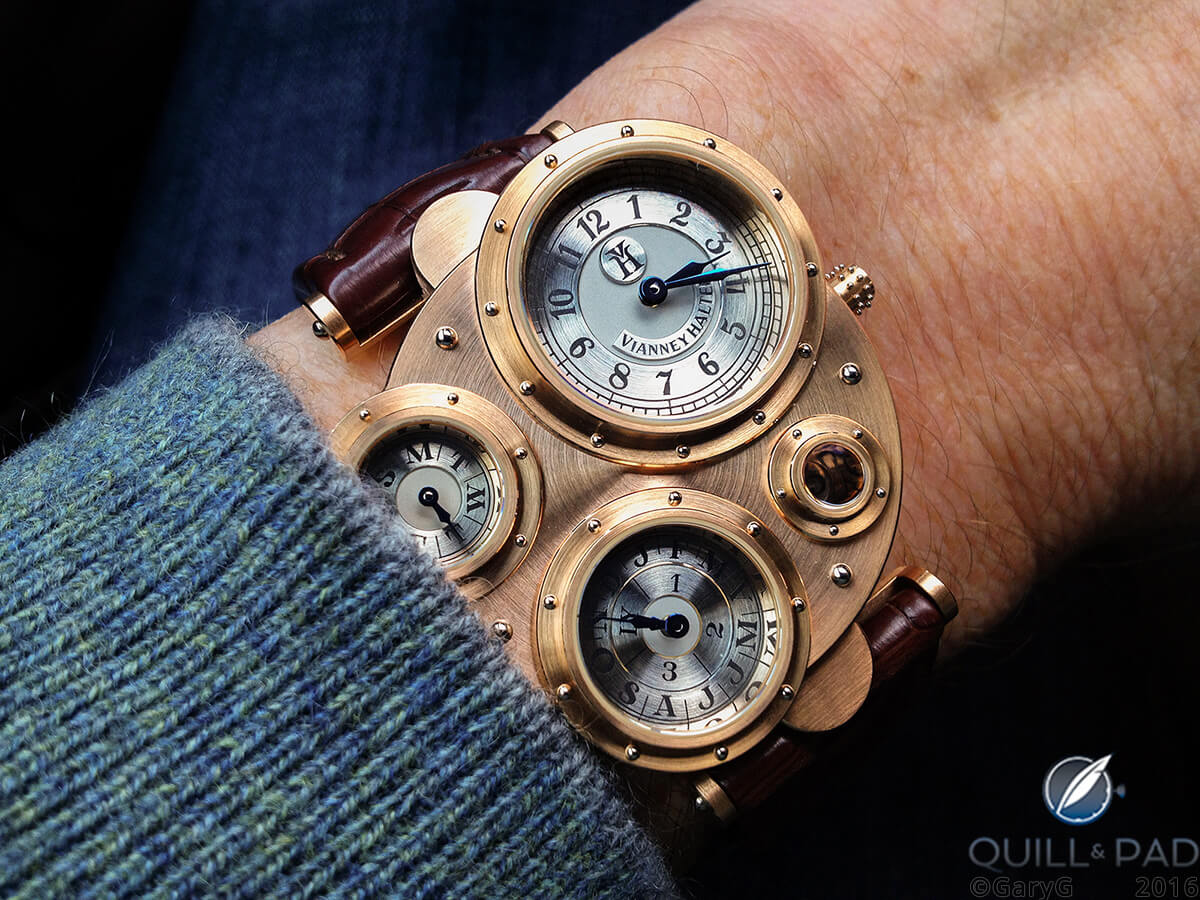
Bought pre-owned: the author’s Vianney Halter Antiqua
Bargain hard: Particularly in today’s environment, don’t be bashful! It stands to reason that the less you pay at the outset, the less likely you are to get hurt. And if you’re going to violate this rule by buying a boutique piece at full retail price, think hard about whether it’s truly an “investment” item or whether you should really be thinking about it as a more volatile “fun” expenditure.
Buy quality: I recently had the opportunity to buy a somewhat dinged-up example of a complicated Patek Philippe reference I’ve lusted after for some time at a mouth-watering price, but ultimately passed to continue my search for a mint-condition piece.
Leave a Reply
Want to join the discussion?Feel free to contribute!

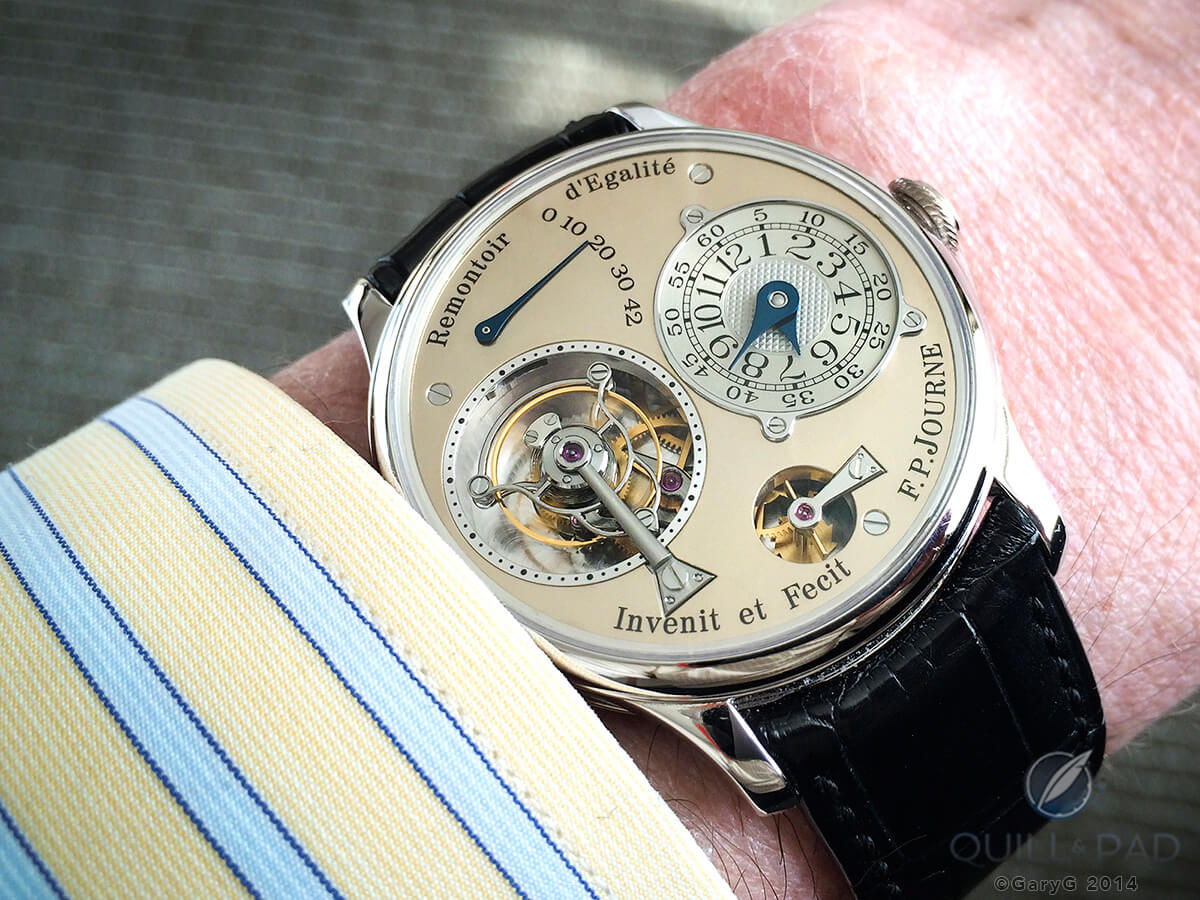
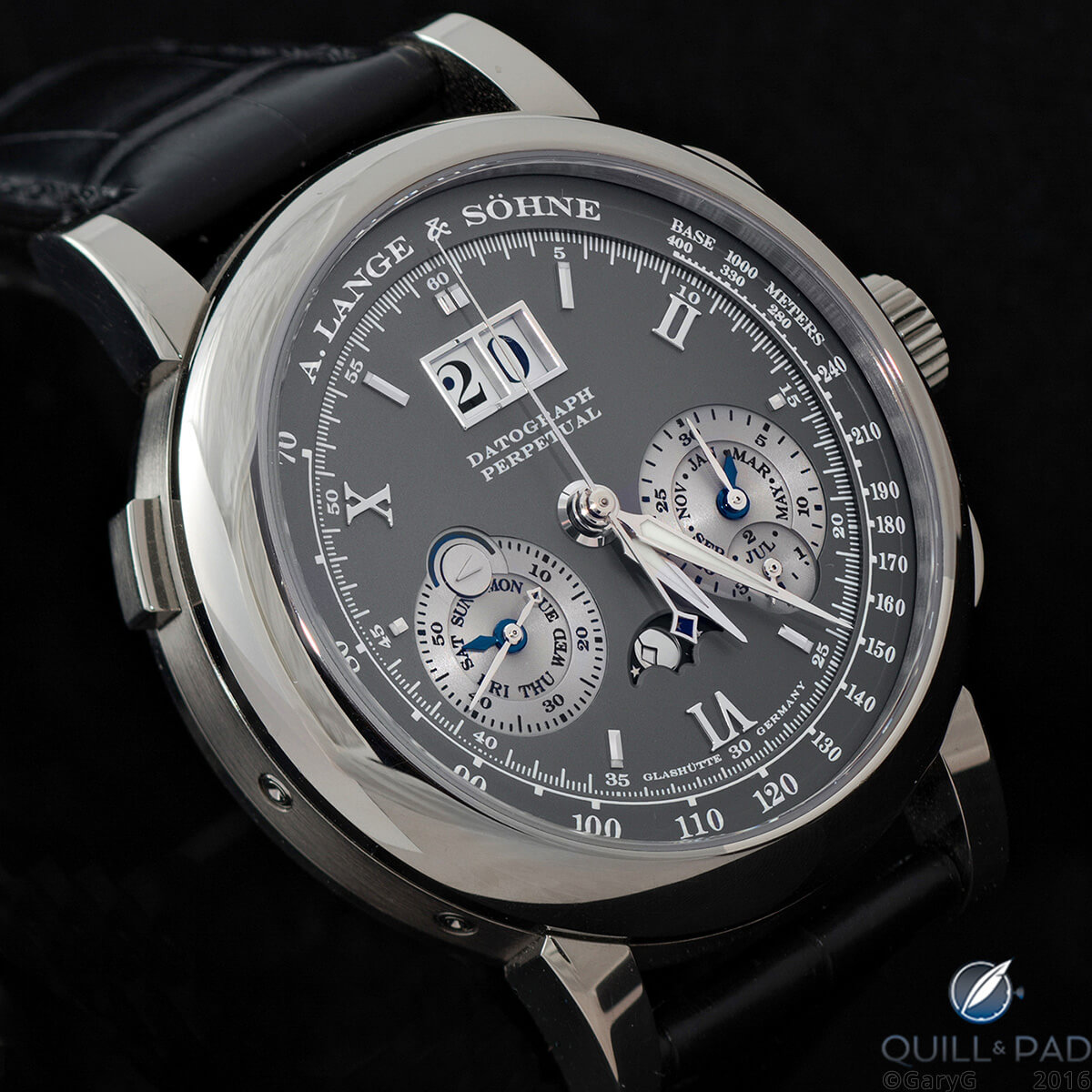
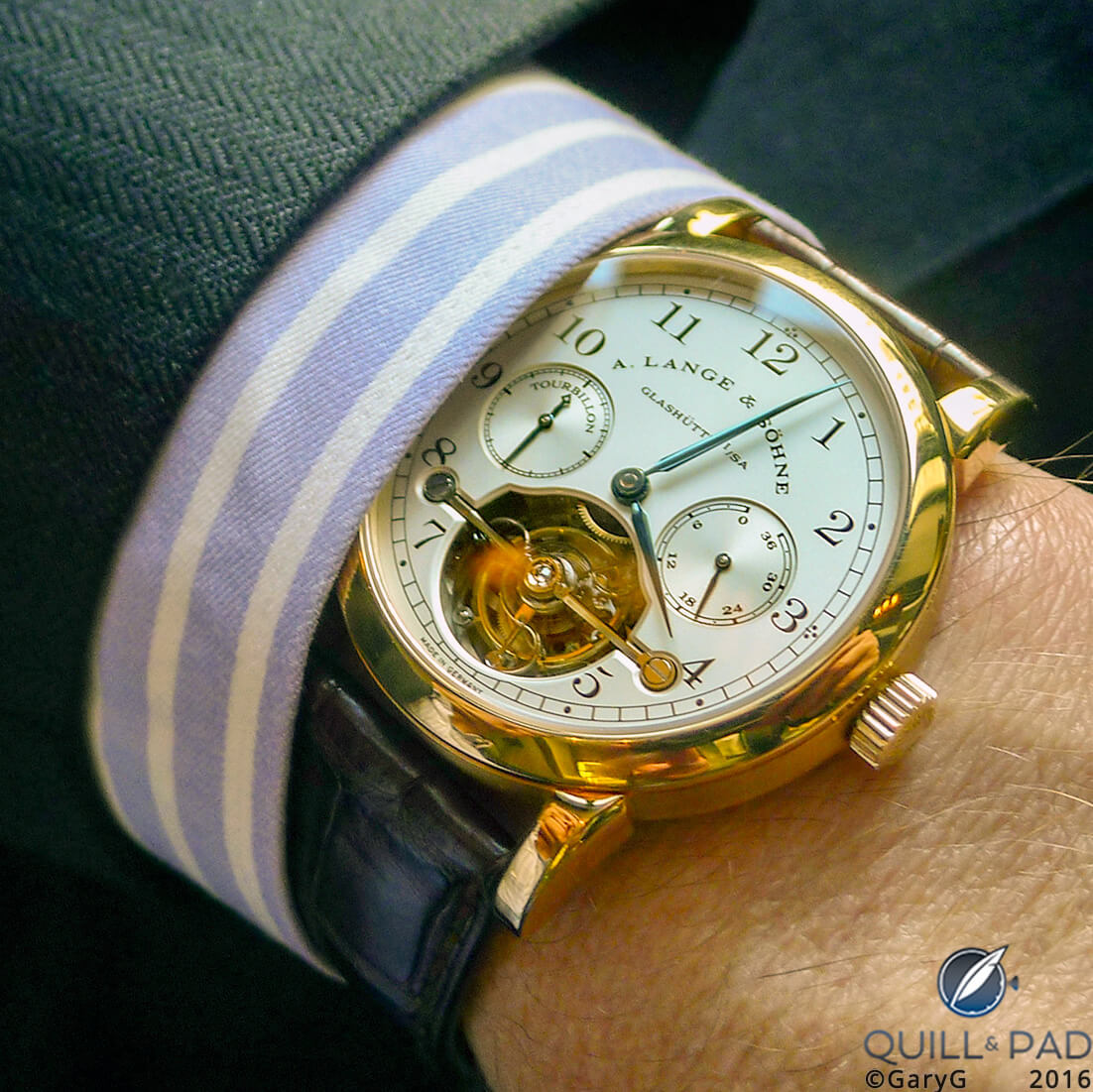
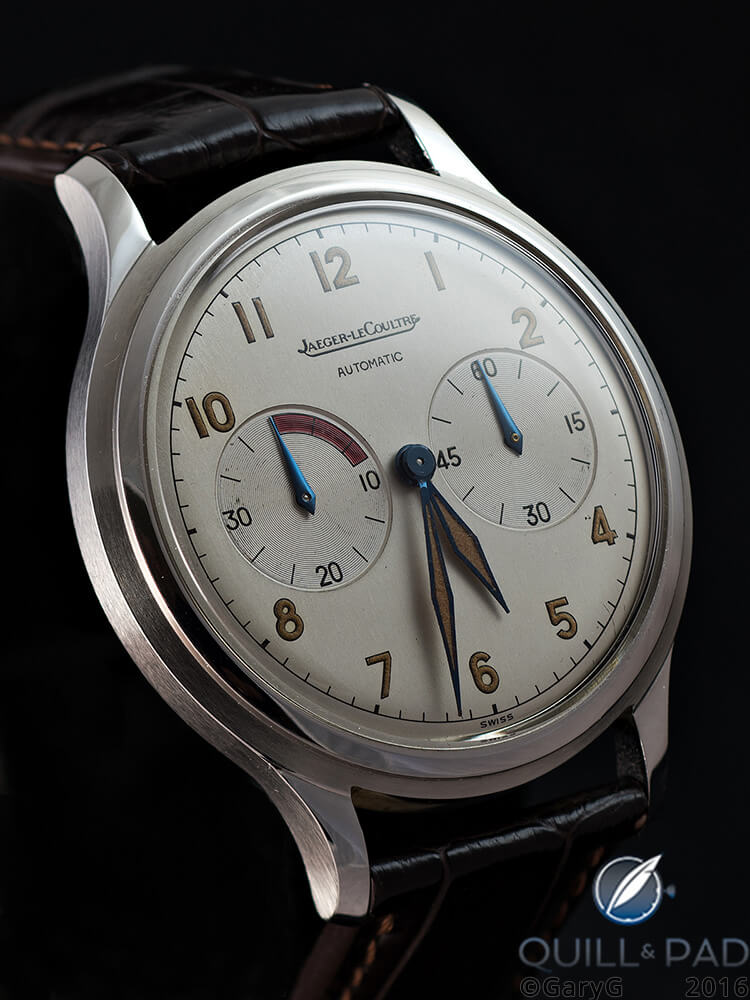
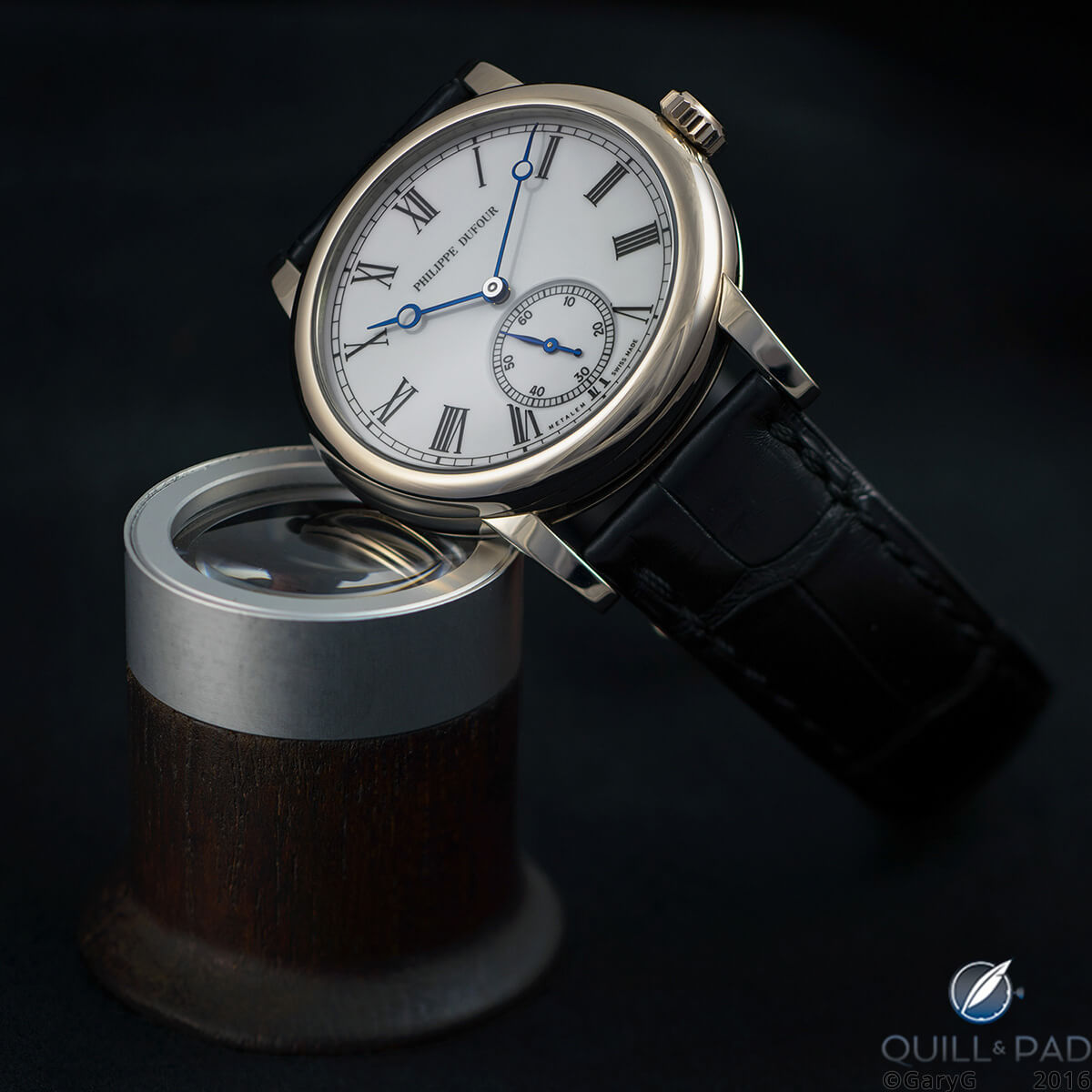


Thank you GaryG. The years have not aged your words, a true sign of quality.
I’m an enthusiast (lack of funds preventing me from ‘collecting’) so it boils down to ‘only buy what you love AND can afford’. Hurt doesn’t enter your vocabulary, you’ll learn about value (not cost) and can proclaim to be an amateur (in the true French meaning, ‘for the love’).
Of course, if you find wealth – it rarely finds you in my experience – then building a network is excellent advice. I live vicariously through the stories on Q&P and it seems being in the right place, speaking to the right people is a huge advantage for collectors. I shared a picture of the Simon Brette Chronometre Artisans to a friend (before it won top price at GPHG I might add) and joked the ~£60k price wasn’t even my biggest hurdle to ownership.
Unless Lady Luck drops off that winning lottery ticket I’ll keep dreaming but come the day GaryG will find an extra member of the collecting community.
Until then, All the best